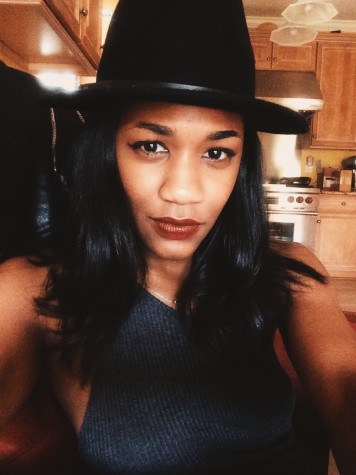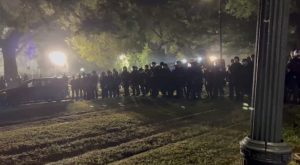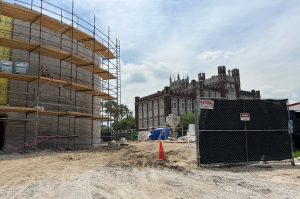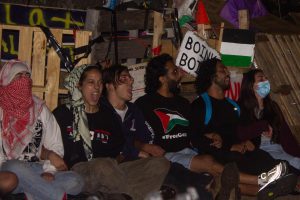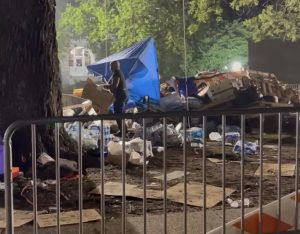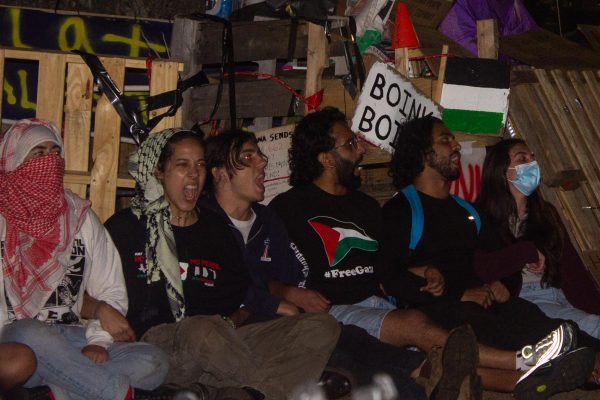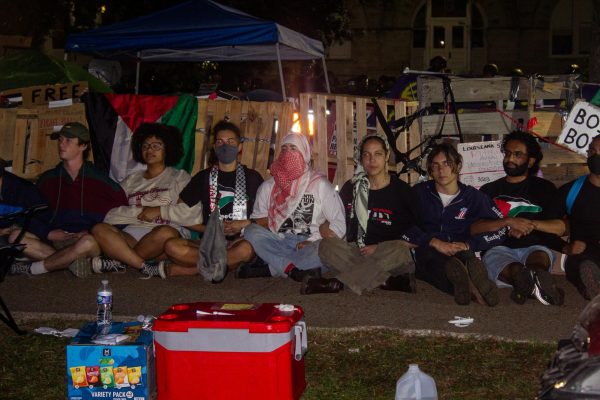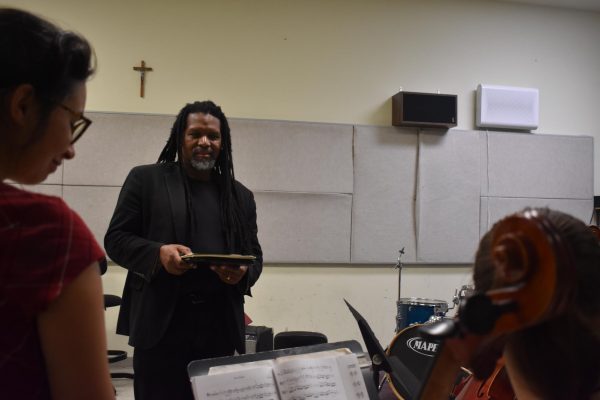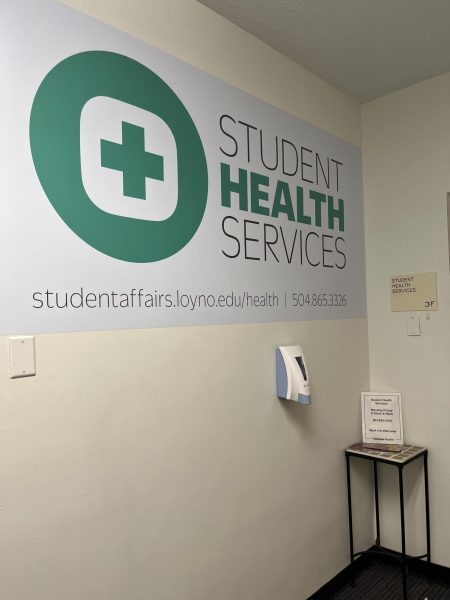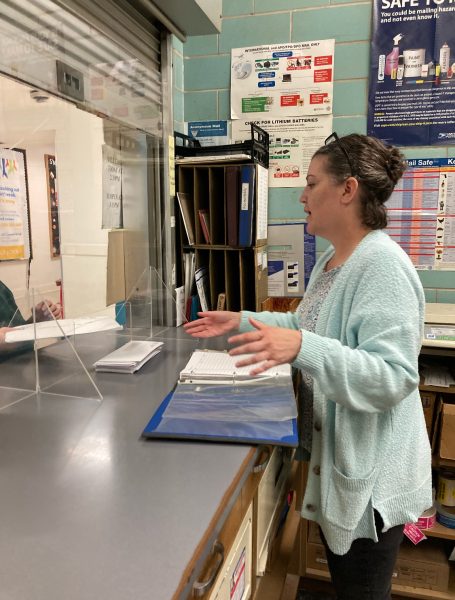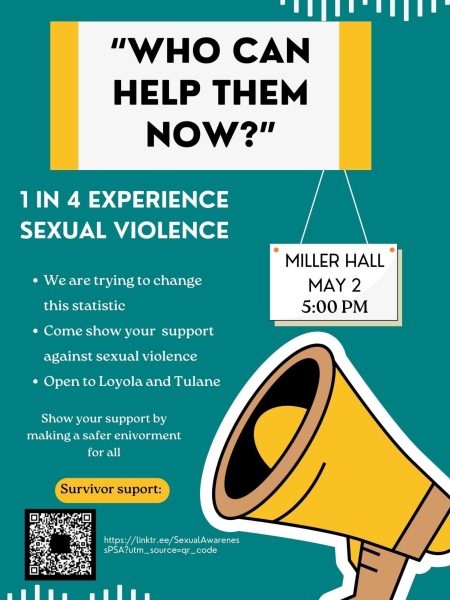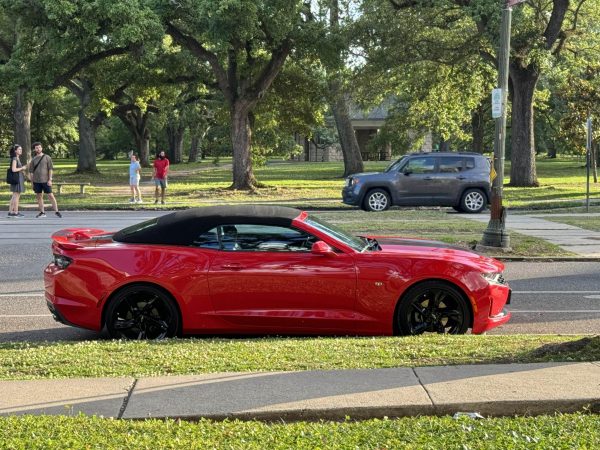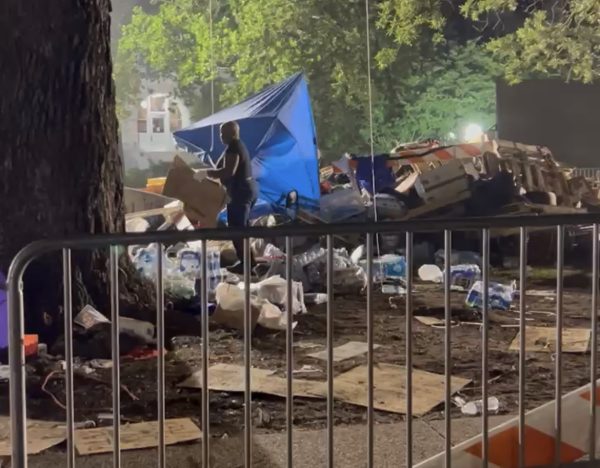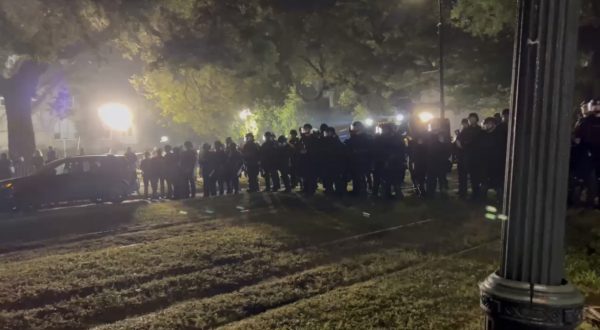Loyola to sell last of its property in Kenner
November 14, 2014
Loyola’s location along St. Charles Avenue may play a role in attracting out-of-state students, but 54 years ago, plans were made to say goodbye to New Orleans and hello to Kenner.
After announcing that the university would be buying a Dominican Sisters of Peace convent on the Broadway campus, the Rev. Kevin Wildes, S.J. said that Loyola would sell the remainder of land the university owns in Kenner for $3 million to pay for it.
Bernard Cook, history professor and Loyola historian, said that many people aren’t aware of the land Loyola acquired in the 1960s.
“The fellow who became president of Loyola in 1952 was Patrick Donnelly, and he had the idea that Loyola could grow to a university of about 8,000 students by 1974,” Cook said. “He didn’t think the land we had was sufficiently large.”
The Very Rev. Patrick Donnelly, S.J. teamed up with Loyola benefactor, J. Edgar Monroe in 1960 to make his dream for Loyola a reality.
“Monroe was developing land in Kenner, and he offered to give Loyola $750,000 worth of it,” Cook said. “He also said he would give Loyola $1 million to put up a few buildings out there.”
The nearly 500 acres of land that Monroe gifted to Loyola was located near the Moisant Airport, which is now known as The Louis Armstrong New Orleans International Airport. It was described in the 1961 issue of Wolf Magazine as being “larger than the whole country of Monaco”.
Situated near Lake Pontchartrain, Loyola’s campus would have been circumscribed by East Loyola Drive, West Esplanade Avenue and Joe Yenni Boulevard.
Cook said that Donnelly was so adamant on moving Loyola to Kenner, the only addition to the campus he allowed to be made was the building of a temporary athletic center in the back of campus, where Loyola’s current recreational center and Freret Street parking garage lie.
“Donnelly didn’t want to build any permanent buildings because he was going to get rid of the university Uptown,” Cook said. “In fact, the Danna Center was very much designed to be on the lakefront facing Lake Pontchartrain. That’s why it looks the way it does.”
He was given permission by the Jesuits to sell the Uptown campus with the exception of Holy Name of Jesus Church, Marquette Hall and Thomas Hall.
Loyola then offered Tulane its campus with these exemptions, but they were only willing to sell it for $10 million.
“Tulane balked at the price. They didn’t want to pay that much,” Cook said. “I’m sure Tulane is very unhappy that they didn’t buy it then.”
When Donnelly stepped down as president of the university in 1961, his plans for Loyola’s future in Kenner were abandoned.
“Loyola has been selling the land parcel by parcel at least since the 70’s. It was an important addition to Loyola’s endowment,” Cook said. “This is something Loyola has profited from for over a period of 40 years or so.”
The land is now the home of an Ochsner Medical Center, Kenner City Park, subdivisions, luxury apartments and a Wal-Mart Supercenter.
For Gyasi Gomez sociology senior, Loyola’s location on St. Charles solidified her decision to attend the university.
“I’m from Washington D.C., so I really wanted that New Orleans experience,” Gomez said. “Loyola would definitely not have been on my radar if it was in Kenner.”
Alex Ricchiuto, music industries senior and a native of Cleveland, Ohio said that Loyola wouldn’t attract out-of-state students.
“I wouldn’t have come if Loyola was in Kenner,” Ricchiuto said. “The only time I ever want to be in Kenner is if I’m headed to the airport to go home.”
Cook said he shares this sentiment.
“I think it would have been a terrible move for the university, and I’m happy it never came to fruition,” Cook said. “In fact, what I think is one of the most important events in the history of Loyola is what didn’t end up happening.”
Wildes said that he expects the rest of the land in Kenner to be sold by the end of this year.


